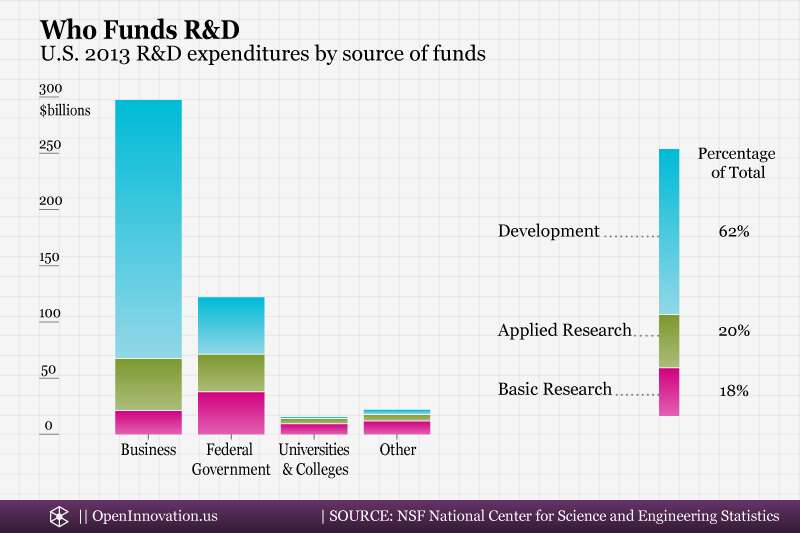Lexicon: Making sense of Intellectual Property jargon
Don’t let the legalese put you off from considering the important IP issues involved in innovation activities! Here are some frequently encountered terms, explained.
DATA
IN PRACTICE
Open Innovation @ Siemens
Founded in 1847, Siemens is a global technology conglomerate and the largest engineering company in Europe. The …
BOOKSHELF
Open Business Models, By Henry Chesbrough
Open Business Models builds on Chesbrough’s landmark first book Open Innovation, to delve even deeper into how companies …
LEXICON
Best Mode
noun | best·mode |
One of the disclosure requirements for obtaining a patent. The inventor must disclose the best way he knows of carrying out his invention, which could include specific materials or methods. The goal of this requirement is to obtain full disclosure from inventors so that others can practice the invention.
JOIN US
Want to get involved?



